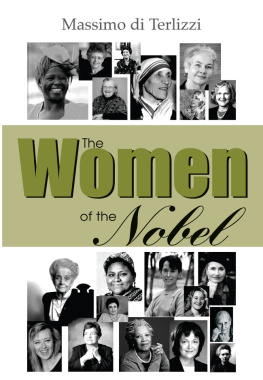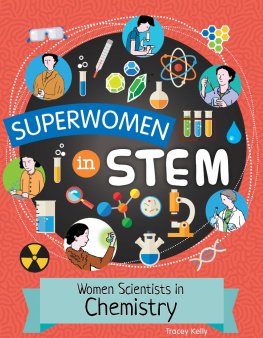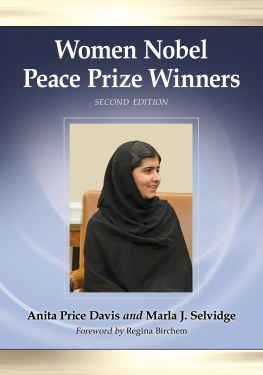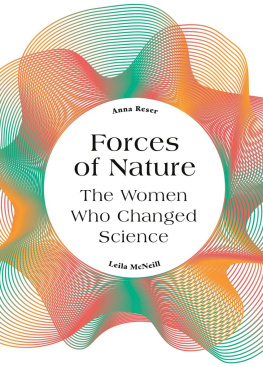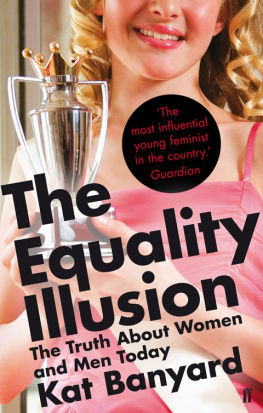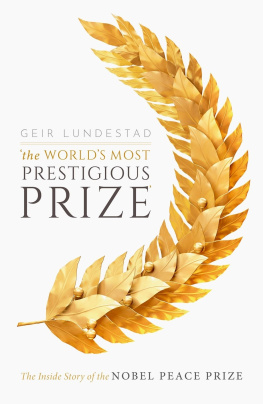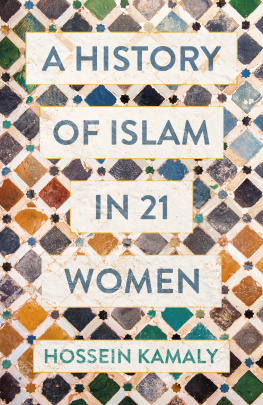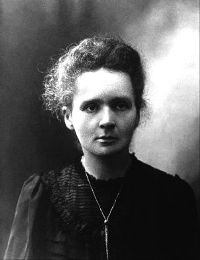Marie Curie (Poland)
Nobel Prize in Physics, 1903
Nobel Prize in Chemistry, 1911
The Pioneer of Sciencea
Marie Curie was the first woman to receive the Nobel, the first one (and currently still the only one) to receive a second one, all before getting a PhD and teaching at a University. One record after another, hers is a surprising story that begins in the last 30 years of the nineteenth century.
Marie Skodowska was born in Warsaw on November 7, 1867. Let's try and imagine the atmosphere. It was the end of the nineteenth century and women were not allowed to have an independent life with an active role in society. Their only prospect was to be wives, mothers and to take care of the house. In some countries, they were considered slightly more than a decorative object. The idea that they could study, compare themselves equal to men, and start a scientific career, was inconceivable. Naturally, there were exceptions. Marie, the youngest of five daughters, convinced from the start of her interests and goals, and despite everyone, began studying physics when she was very young. Her family was a fundamental element. Her mother, a singer and pianist, and her father, a math and physics teacher, gave her the love of study and research. Growing up in such an environment helped and Marie didn't waste the opportunity.
For Marie, the process of growing up was marked by a few fundamental events. The most significant was her mothers death from tuberculosis, which caused Marie to lose her faith. "Faith is not against reason, but above reason", said Saint Thomas Aquinas. The young Skodowska, not understanding the reason for the pain, renounced it. She devoted all her energy to her passion - science. She wanted to understand the mechanisms that regulated the life of men, those that influenced their existence and that of the whole world. In this challenge, she found a precious alley in her older sister Bronia who wanted to study to become a doctor. The wishes of the two girls immediately hit a wall that seemed insurmountable.
At that time, the University of Warsaw was, without exception, interdicted to women. Both Marie and Bronia made the painful decision to leave Poland and move to Paris. The University of Paris was their new dream.
The eldest was the first to leave. Marie had a strategic role, and without that, they would have faced failure. From home, Marie helped Bronia as best as she could by working as a governess and tutor for the sons of the rich bourgeoisie of the capital of Poland, sending to France the money needed to pay the university tuition.
Finally, in 1892, Marie joined her sister. Their economic situation slowly started to improve. There was not much money, but the two of them survived in thanks to Bronias first earnings as a doctor. Marie enrolled at the University, choosing to study mathematics and physics. She had just entered her kingdom, and she would become the undisputed queen following the only method that the historical period offered: hard work (much harder than her male colleagues), beyond any limit. The result? She brilliantly passed every subject exam in her course.
There, she also found the love of her life. As a young woman she met Pierre Curie, a physics professor who immediately fascinated her because of his remarkable character. As a matter of fact, Pierre did not go to school, but was educated at home. He had an unusual education that was reflected in his unconventional way of speaking. As was Maries, his interest for science was absolute. When he was very young he had made some very important discoveries. He found that for every substance, there is a certain temperature above which every magnetic property is lost. This mathematics formula is still called "Curie's Law".
Marie and Pierre, a duo that characterized scientific research at the beginning of the twentieth century, immediately liked each other. After only a year of engagement, they married. They took their honeymoon on bicycle! Was this a sign of their eccentricity? No, it was a choice dictated, once again, by their economic situation. The salary of a university professor and a young graduate did not allow for anything else.
Lets return to their daily routine. Together, they started to work hard. They were two open and very flexible minds. They set up a rudimentary lab, basically a wood shed of only a few square meters, where they focused on the study of radiation. At that time, little was known about it, and for that reason it was a scientific field very stimulating for the couple.
In 1885, Rntgen discovered X-rays. The following year, Antoine-Henri Becquerel hypothesized the existence of invisible radiation similar to X-rays produced by uranium. The Curies adopted the latter discovery as the basis for their research. The birth of their first daughter Irne did not stop them at all. Marie dedicated herself to the analysis of uranium. She discovered that two minerals (torbernite and pitchblende, containing uranium) were even more radioactive then uranium, and that they had to contain another chemical element that was, until that moment, unknown. After long and hard work, Marie and Pierre isolated it, calling it polonium in honor of the country from which Marie hailed. In 1889, in the bulletin of the Academy of Science, Pierre wrote: "We believe that the substance that we recovered from pitchblende contains a heretofore unknown metal, similar to bismuth in its analytical properties. If the existence of this new metal is confirmed, we propose that it be named polonium in honor of the native land of one of us".
Soon they discovered the presence of another unknown and even more radioactive element. In 1902 they finally identified it, and called it radium for the intensity of its radiation (nowadays it is used in medicine to produce radon gas, useful in treating some types of tumors). A few months later, in December 1903, Marie and Pierre Curie were awarded the Nobel Prize in Physics. That achievement did not stop their thirst for knowledge. After receiving the prize they resumed their work. Research continued until the formulation of the revolutionary hypothesis on the existence of other elements with characteristics similar to those of polonium and radium. Marie called them 'radioactive because they were unstable, and because their nucleus died with the emission of radiation. She understood that this activity was a sub-atomic phenomenon - despite the current scientific beliefs that considered the atom the smallest existing particle. Atomic physics was born.
In 1903, Marie was the first woman to obtain a PhD. In the meantime, Pierre became professor emeritus at the University of Paris, and they had their second daughter, ve. It was a happy time for the family, at least until 1906, which was a tragic year for the couple. Crushed by a carriage after slipping on a wet road, Pierre died suddenly.
It was a terrible blow for Marie. In situations that appear insurmountable, the intrinsic qualities of people emerge, and so it was for the scientist. She did not surrender to the fates that had taken her husband. After recovering from depression, she got back to work. She decided to return to her first love - scientific research. She took the place of her husband at the university, becoming the first female professor. Even in this case, however, she had to face the inane conventions that regulated the academic life of the 'liberal' - or at least considered so by the people of the time - Sorbonne. As a matter of fact, the top members of the university did not give her any of the honorary roles given a few months before to Pierre. Not only that, but the Academy of Science(of which her husband had been a member) did not want to elect her. The reason? In a document, they dared to say that all the discoveries were to be attributed exclusively to

